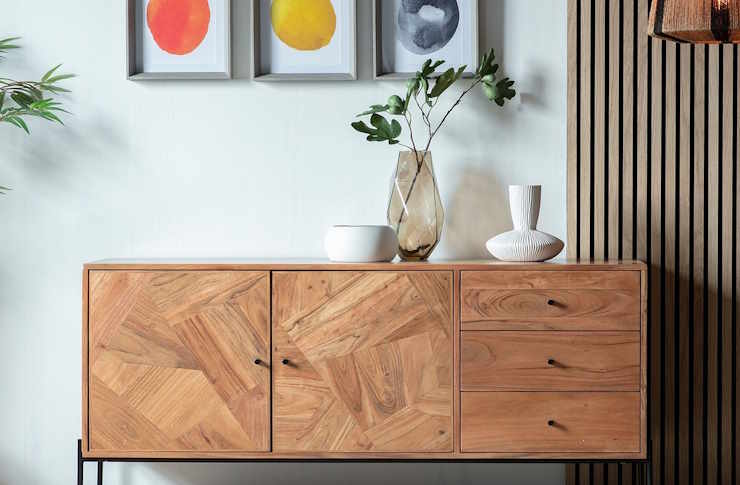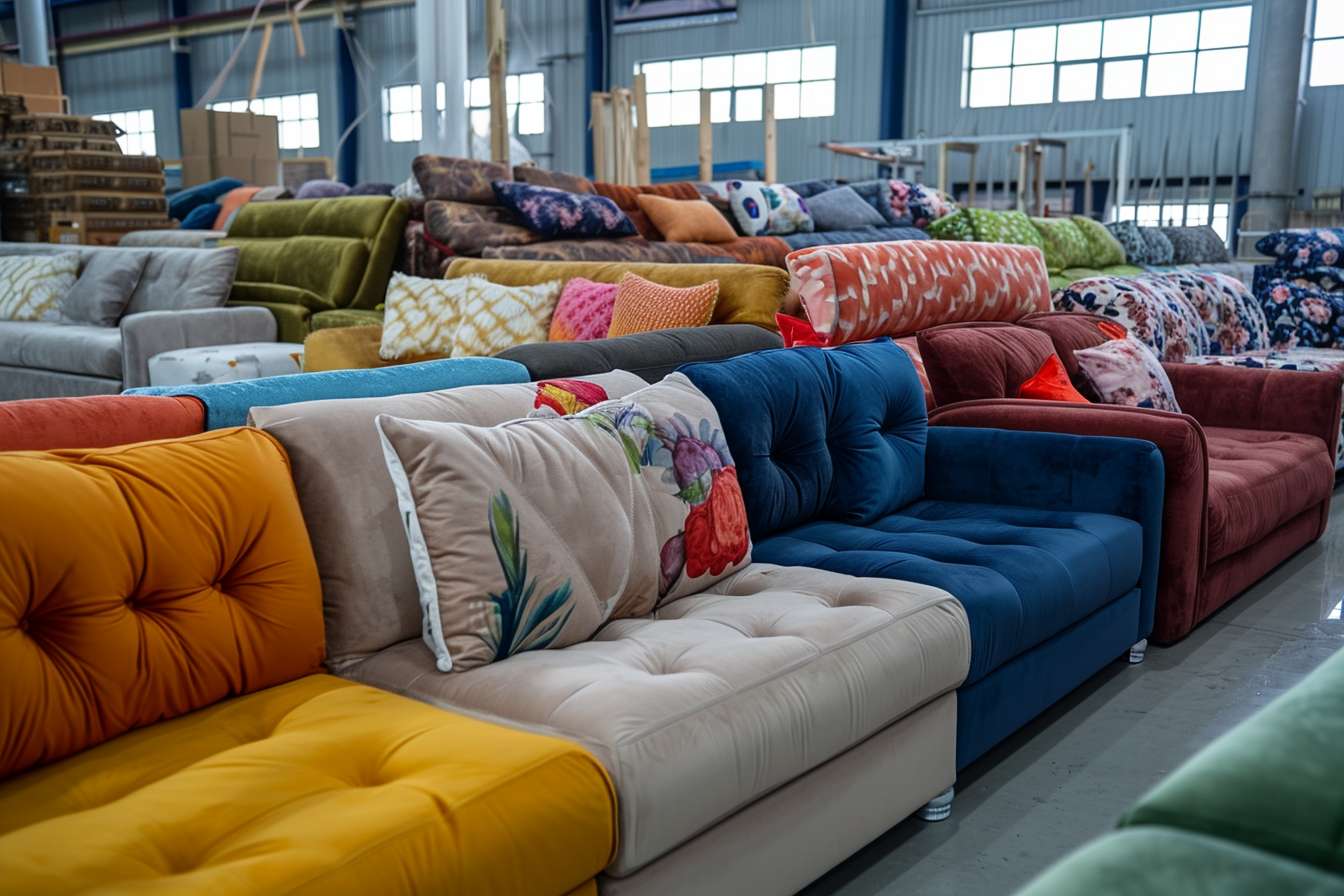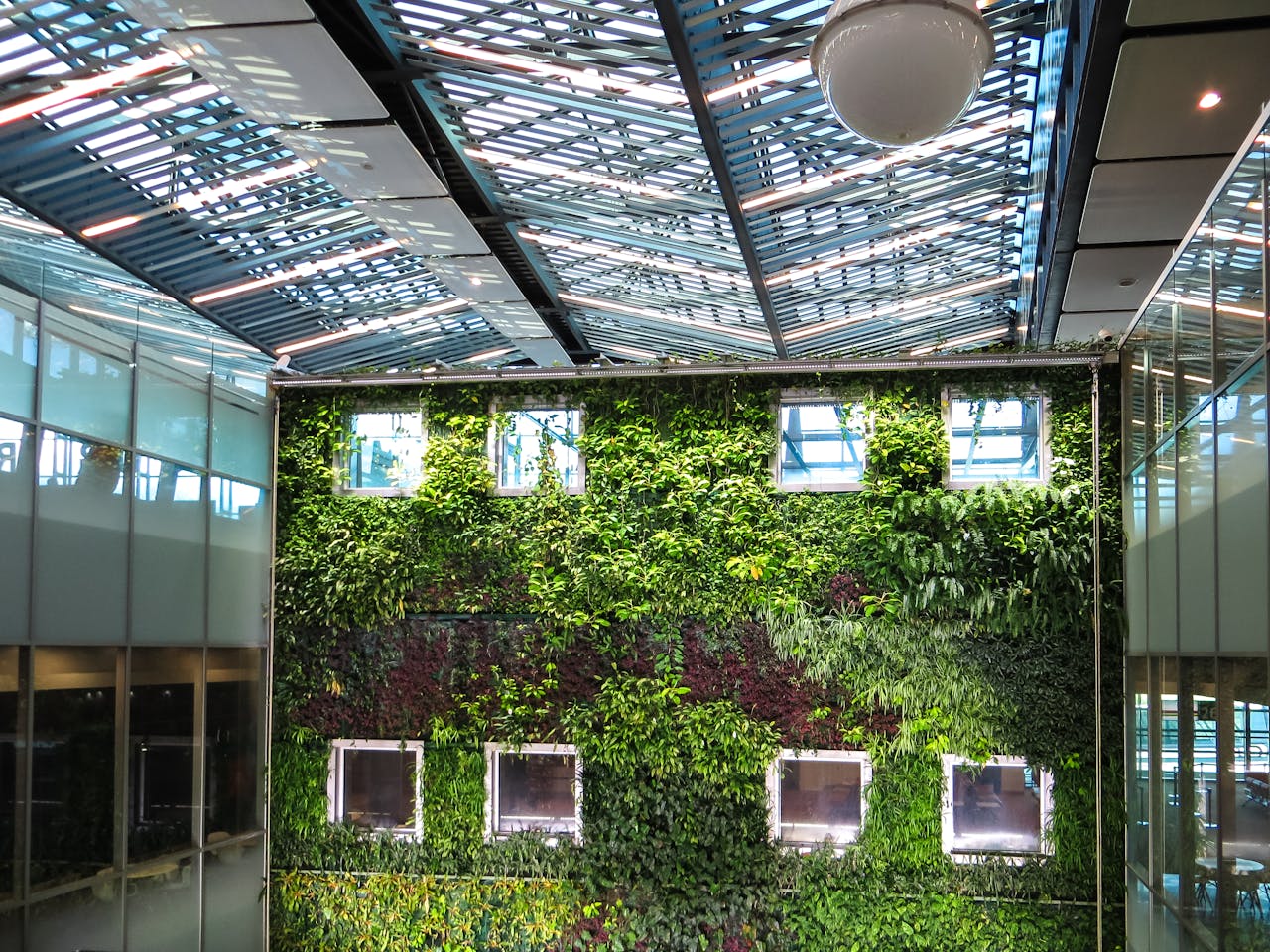Embracing the Wabi-Sabi Aesthetic in Modern American Homes
The gentle art of imperfection has found its way into American interior design, offering a refreshing counterpoint to the pursuit of flawless spaces. Wabi-sabi, a Japanese philosophy celebrating the beauty of imperfection, transience, and incompleteness, is making waves in home decor. This ancient concept is not just about aesthetics; it's a mindset that encourages us to find beauty in the flawed and fleeting, creating spaces that feel lived-in, soulful, and deeply personal.

The Roots of Wabi-Sabi
Wabi-sabi’s origins can be traced back to 15th century Japan, emerging from Buddhist teachings and the Japanese tea ceremony. The term combines two concepts: wabi, which refers to simplicity and a humble appreciation of the imperfect, and sabi, which embraces the beauty that comes with age and wear.
Initially, wabi-sabi was closely tied to the tea ceremony, where simple, handmade items were prized over ornate, mass-produced ones. Over time, this philosophy extended beyond ceramics and began to influence architecture, interior design, and even daily life attitudes.
In the context of modern American homes, wabi-sabi represents a shift away from the polished, catalog-perfect interiors that have dominated design trends for decades. It encourages homeowners to embrace authenticity, celebrate the passage of time, and find beauty in simplicity and imperfection.
Key Elements of Wabi-Sabi Design
Implementing wabi-sabi in American homes involves several key principles that work together to create a harmonious, lived-in atmosphere:
-
Natural Materials: Wabi-sabi favors materials that age gracefully, such as wood, stone, clay, and linen. These elements develop character over time, with each scratch or patina adding to their story.
-
Asymmetry and Irregularity: Perfect symmetry is abandoned in favor of more organic, imperfect forms. This might manifest in hand-thrown pottery, artisanal textiles, or furniture with slightly uneven legs.
-
Simplicity: Clutter is the antithesis of wabi-sabi. Spaces should feel open and unencumbered, with each item carefully chosen for its purpose and beauty.
-
Textures: Rough, unrefined textures are celebrated. Think raw wood grains, nubby linens, and unglazed ceramics that invite touch and create visual interest.
-
Subdued Color Palette: Wabi-sabi typically employs muted, earthy tones that evoke a sense of calm and connection to nature. Bright colors are used sparingly, if at all.
Incorporating Wabi-Sabi into American Homes
Adopting wabi-sabi principles doesn’t require a complete home overhaul. Small, thoughtful changes can shift a space towards this more mindful aesthetic:
-
Embrace Handmade Items: Replace mass-produced decor with handcrafted pieces. This could be as simple as swapping out factory-made vases for hand-thrown pottery or opting for handwoven throw blankets.
-
Let Nature In: Bring elements of the outdoors inside. This could mean displaying found objects like interesting stones or driftwood, or incorporating plants that change with the seasons.
-
Celebrate Wear and Tear: Instead of hiding signs of age, make them a feature. A weathered wooden table or a cracked but beloved ceramic bowl can become centerpieces that tell a story.
-
Practice Mindful Curation: Adopt a less-is-more approach to decor. Each item should earn its place through either function or beauty – ideally both.
-
Play with Texture: Mix rough and smooth textures to create visual and tactile interest. Pair sleek surfaces with raw, unfinished ones for a balanced feel.
The Wabi-Sabi Mindset: Beyond Aesthetics
While wabi-sabi offers a visually appealing approach to home design, its true value lies in the mindset it cultivates. By embracing imperfection in our living spaces, we learn to appreciate it in other aspects of our lives as well.
This philosophy encourages a slower, more mindful approach to consumption and decoration. Instead of constantly chasing the newest trends, wabi-sabi invites us to find contentment in what we have, to repair rather than replace, and to see beauty in the aging process.
In a fast-paced, digital world, wabi-sabi offers a much-needed respite. It creates homes that feel like sanctuaries – places where we can truly relax, free from the pressure of perfection.
Challenges and Considerations
While wabi-sabi offers a refreshing alternative to sleek, modern design, it’s not without its challenges, particularly in the context of American homes:
-
Balancing Act: There’s a fine line between artfully weathered and simply unkempt. The key is in curation and intention – each imperfect element should be chosen with care.
-
Overcoming the Perfection Mindset: In a culture that often equates newness with value, it can be difficult to embrace signs of wear and tear. Education and a shift in perspective are crucial.
-
Avoiding Kitsch: There’s a risk of wabi-sabi becoming a superficial trend, with mass-produced items trying to mimic its aesthetic. True wabi-sabi is about authenticity, not imitation.
-
Maintenance: While wabi-sabi celebrates imperfection, it doesn’t mean neglect. Items still need care and attention to age gracefully rather than fall into disrepair.
The Future of Wabi-Sabi in American Design
As sustainability and mindfulness become increasingly important in American culture, wabi-sabi is poised to gain even more traction. Its emphasis on longevity, repair, and finding beauty in the existing aligns well with eco-conscious design principles.
Moreover, in a post-pandemic world where many have reassessed their relationships with their homes, wabi-sabi offers a way to create spaces that feel authentic, comforting, and deeply personal.
As we move forward, we may see a hybridization of wabi-sabi with other design styles, creating uniquely American interpretations of this ancient philosophy. The result could be homes that are not only beautiful and functional but also imbued with meaning and a sense of time’s passage.
Embracing wabi-sabi in our homes is more than a design choice – it’s a lifestyle shift. It invites us to slow down, appreciate the beauty in imperfection, and create spaces that truly reflect the lives lived within them. In doing so, we may find that our homes become not just more beautiful, but more meaningful as well.





